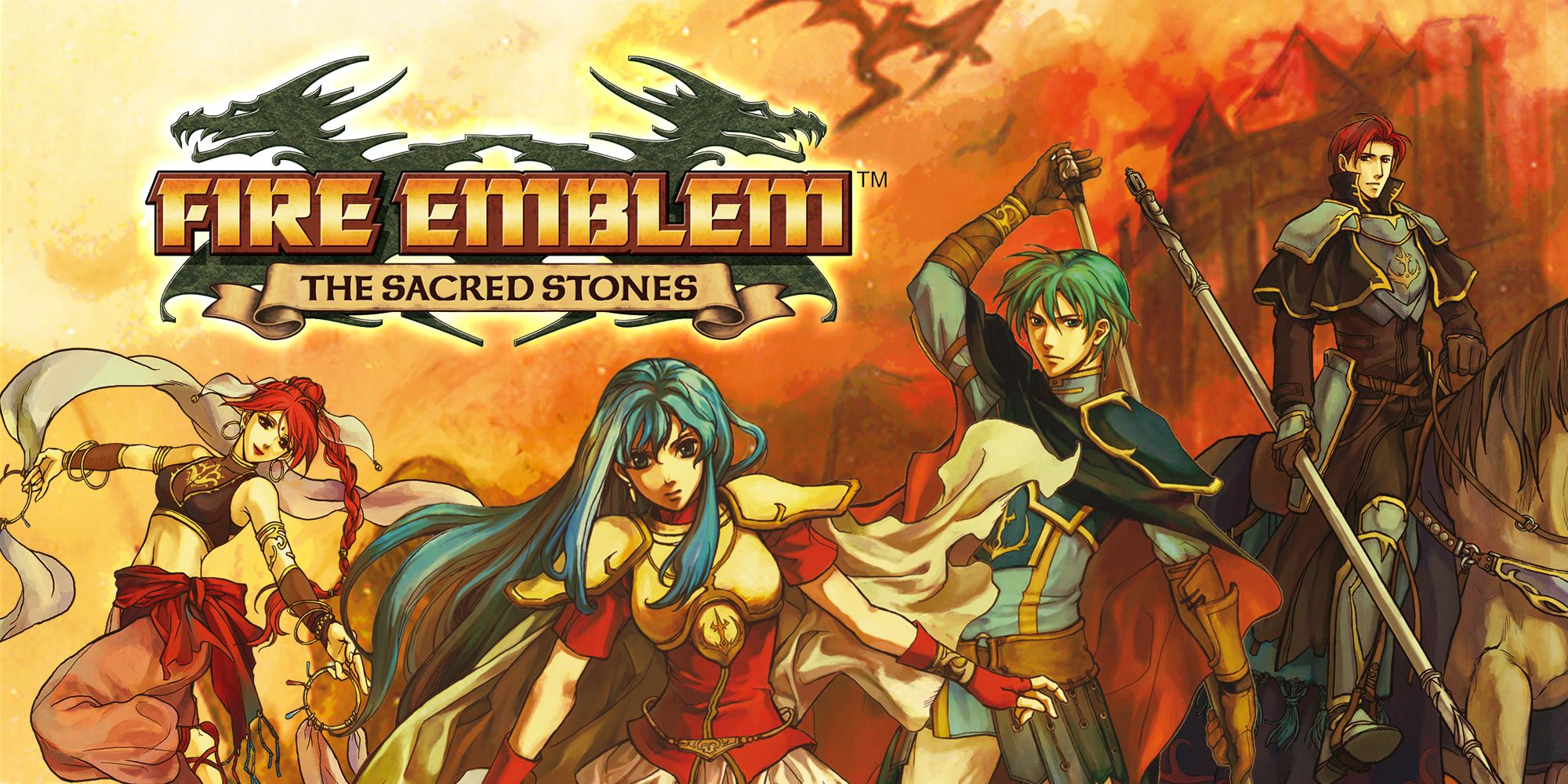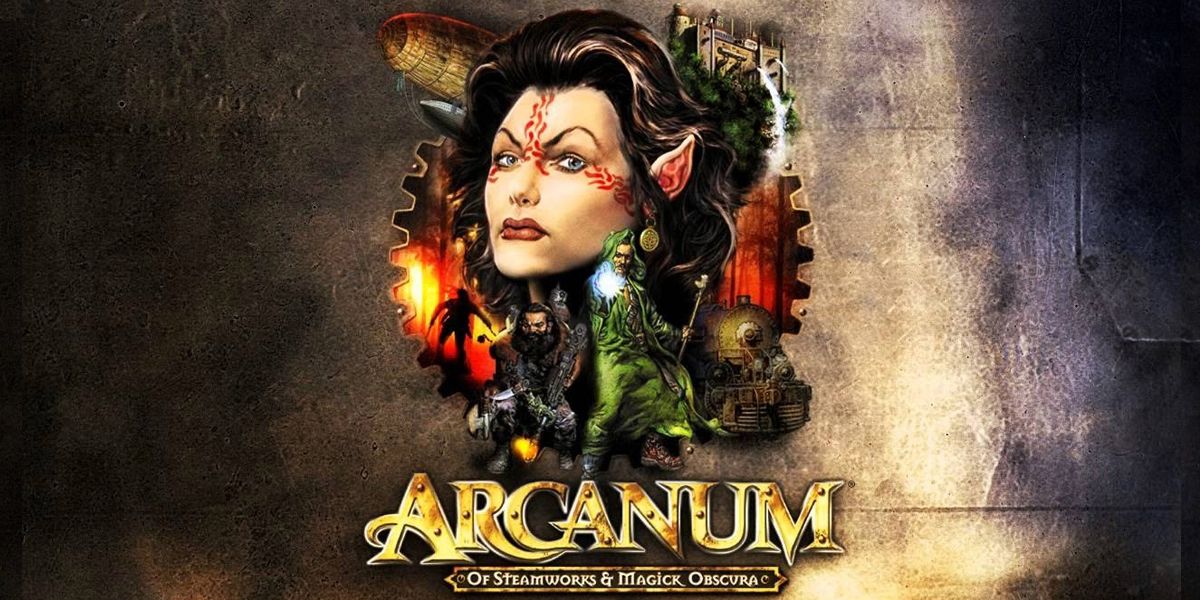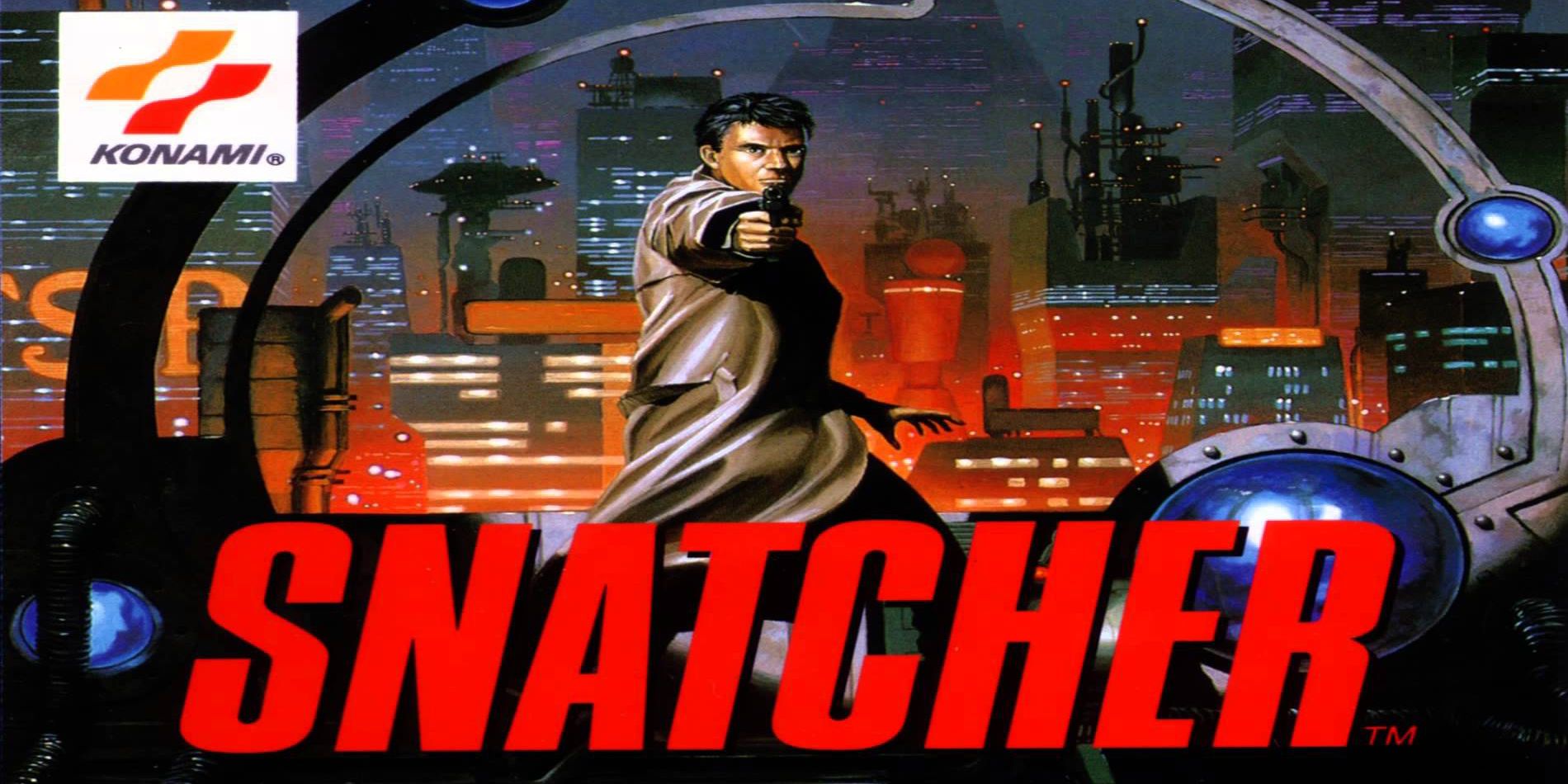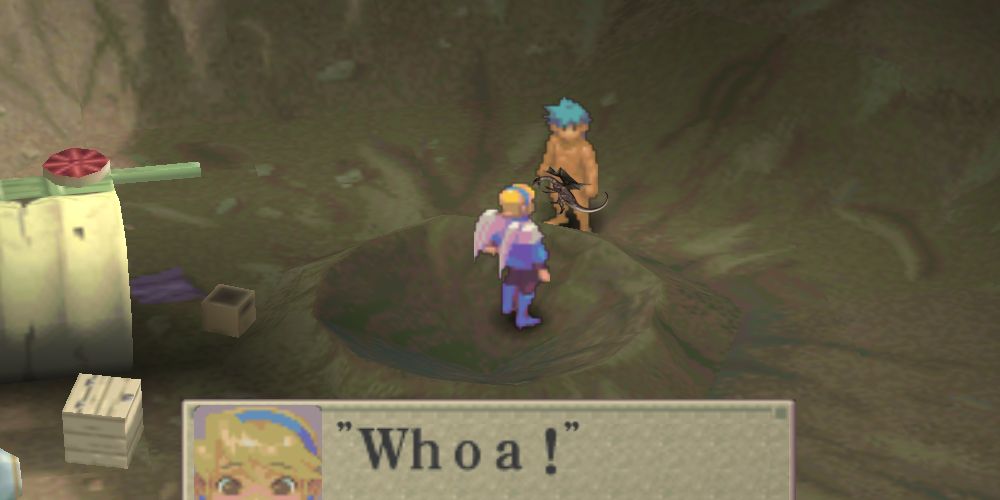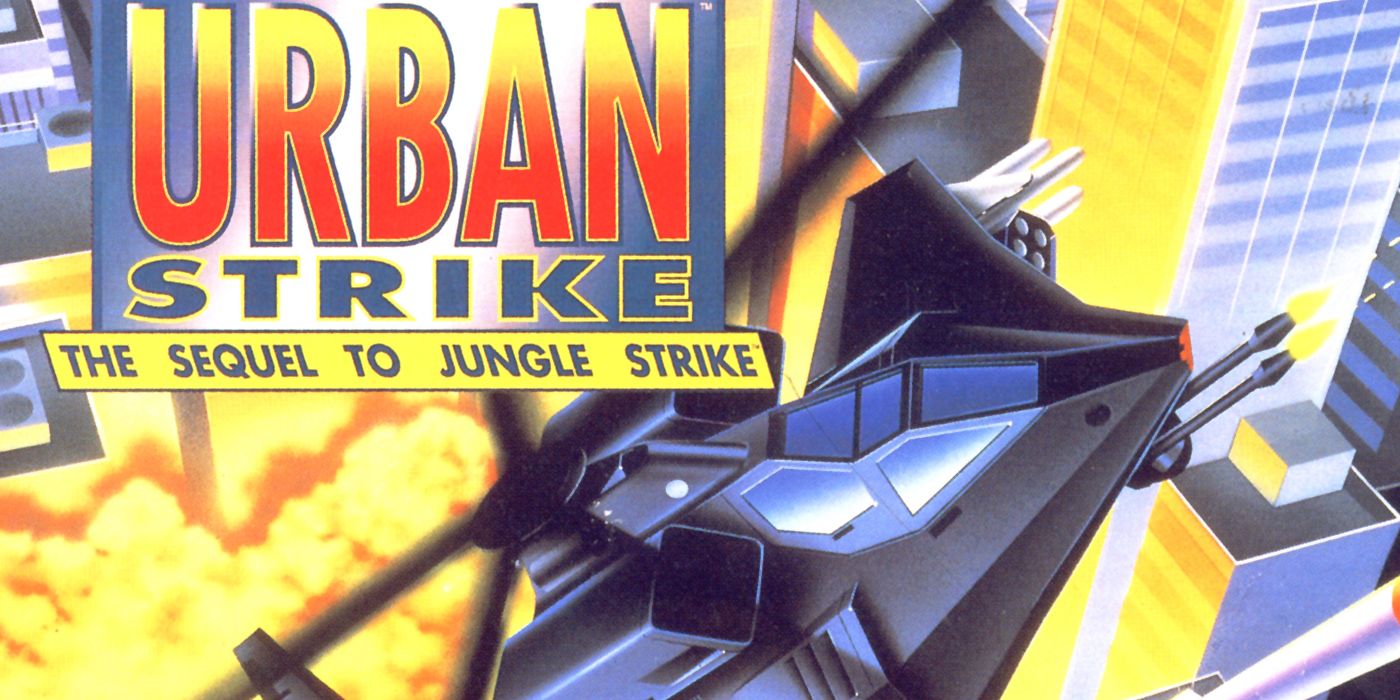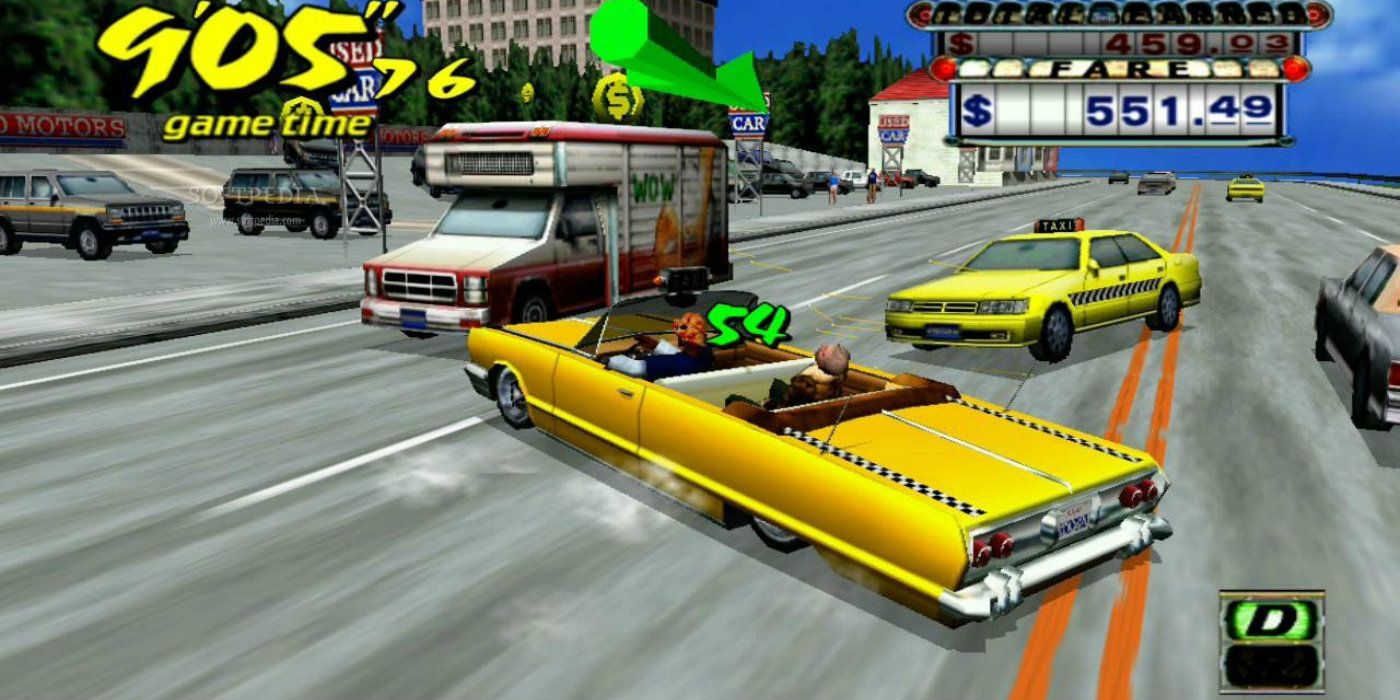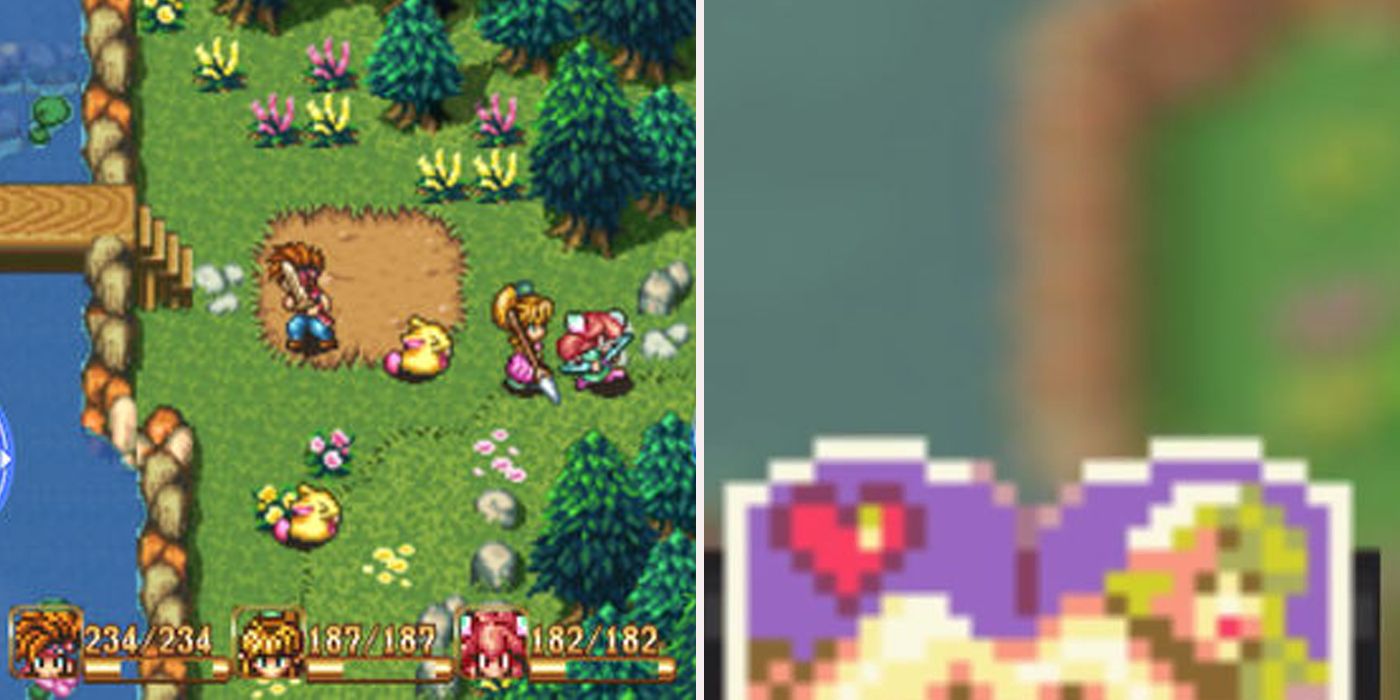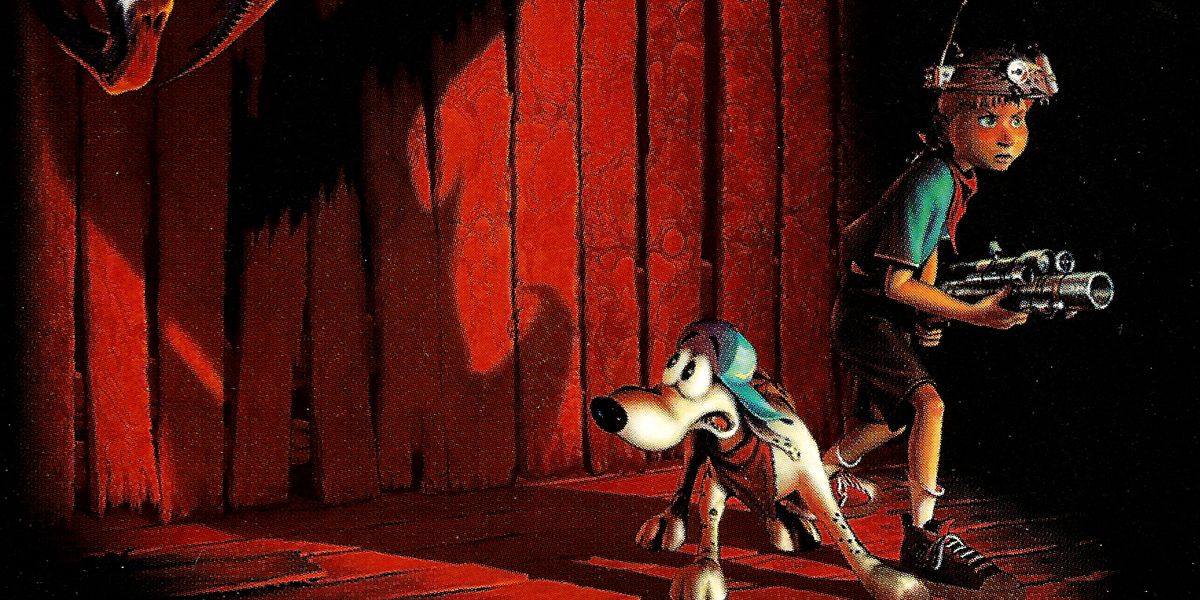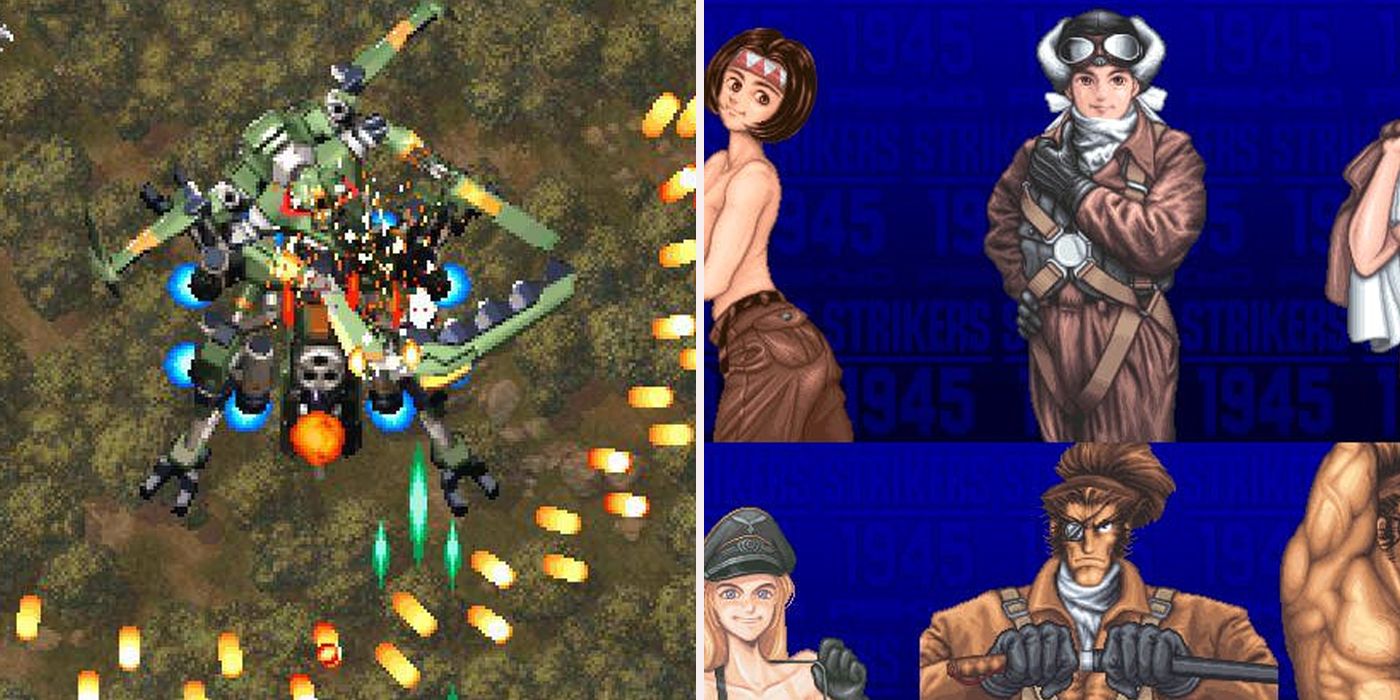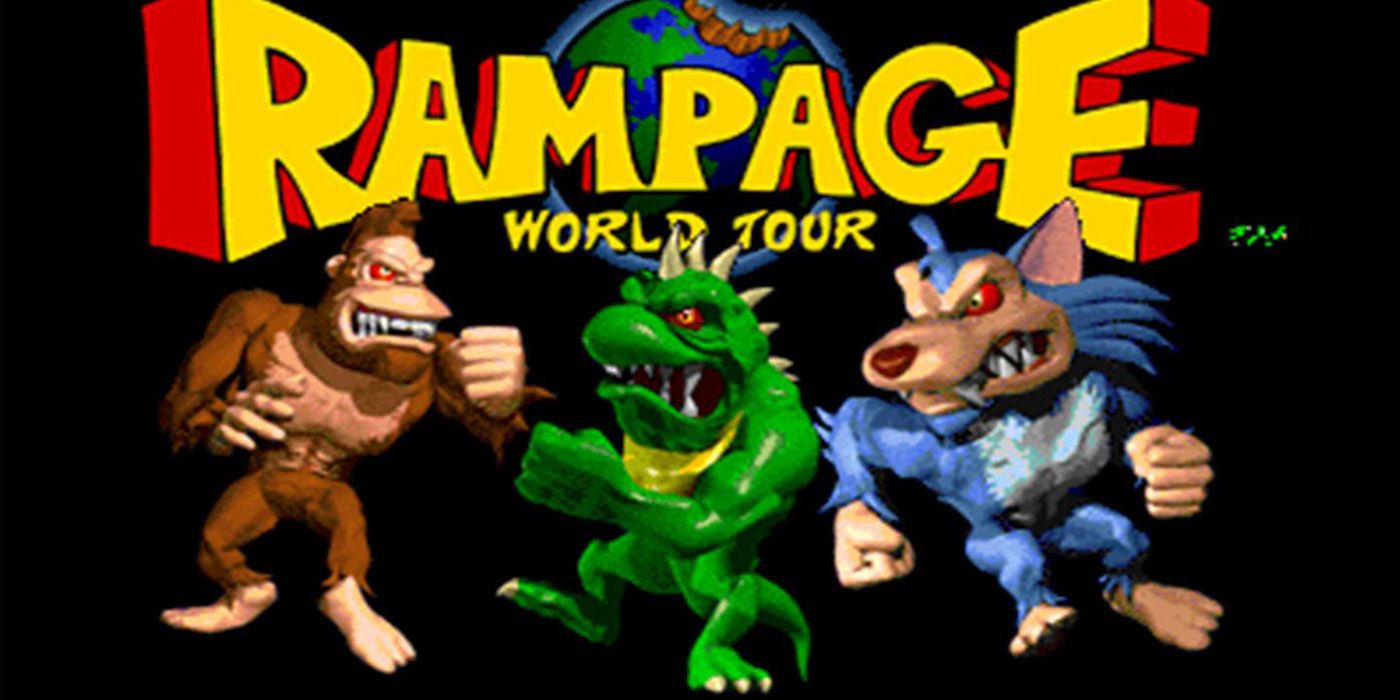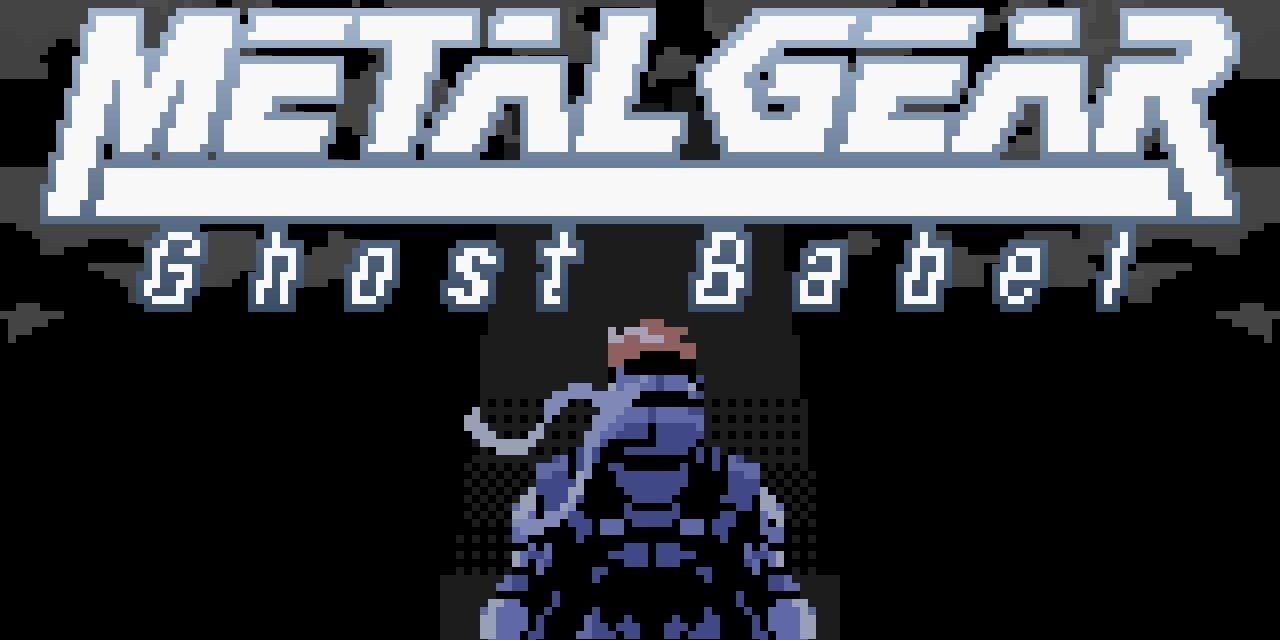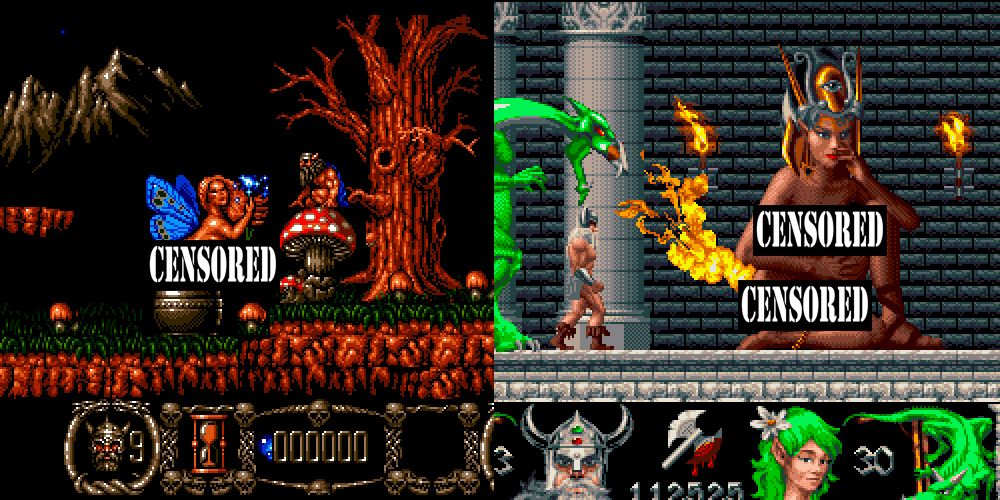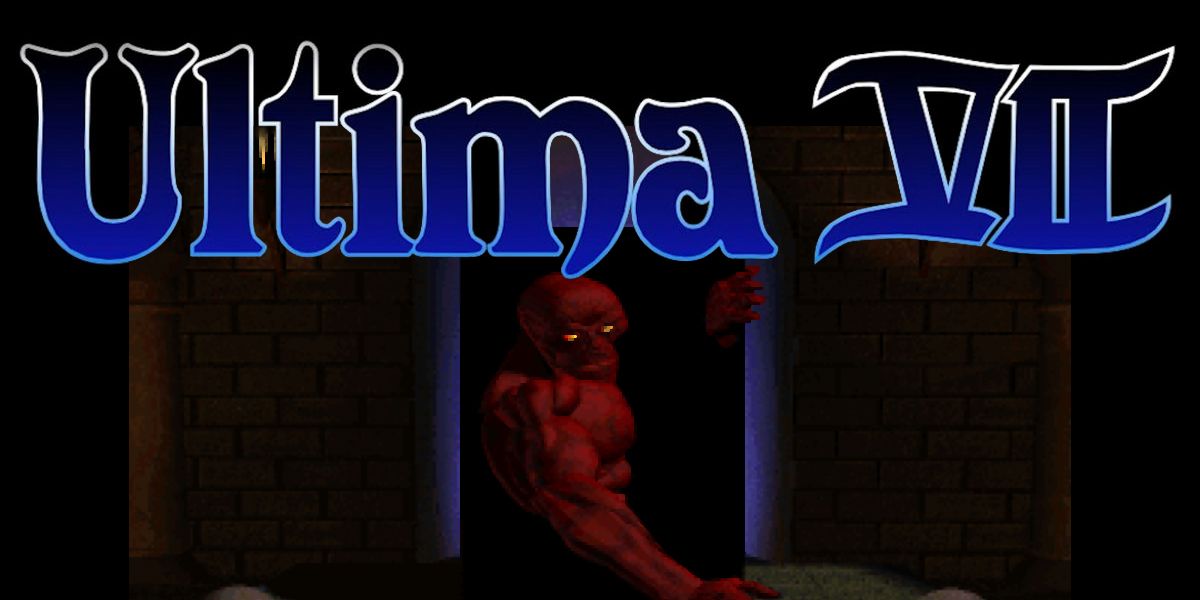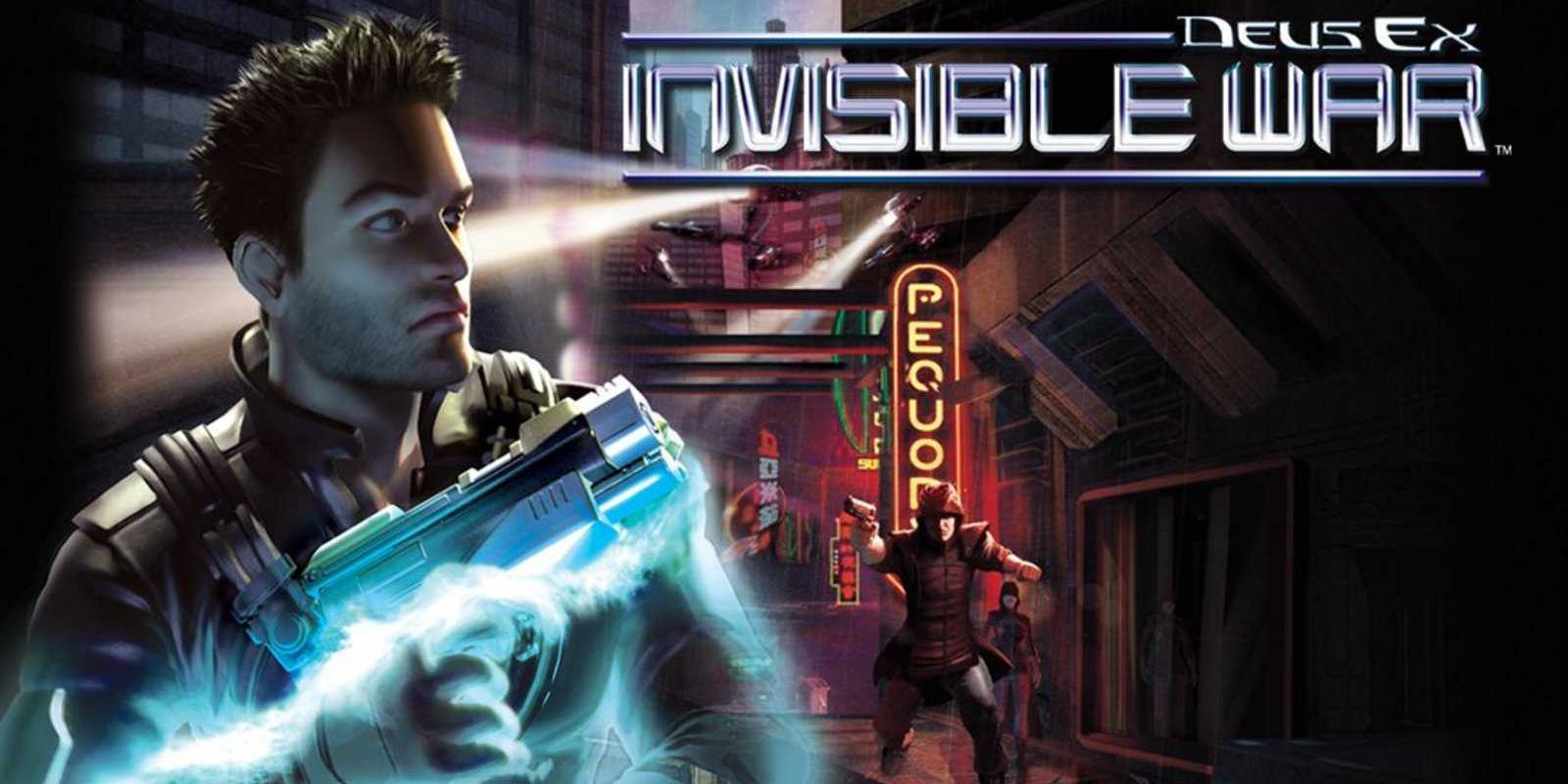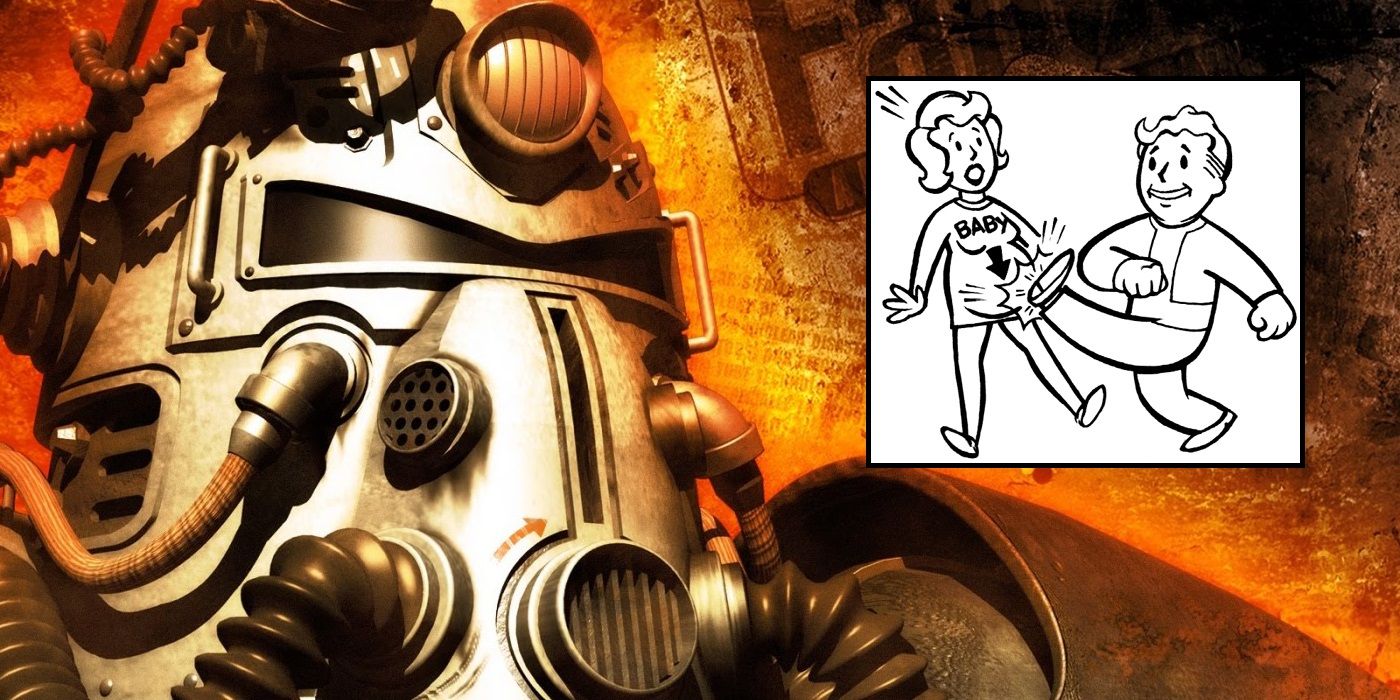The old days of video gaming were essentially the wild west in terms of content. There was no rating board or guidelines to follow, so most developers were free to do whatever they wanted.
That doesn't mean that they were free to fill their games with revealing scenes and violence, as gaming at the time was still seen as something enjoyed mainly by children. The technology also didn't exist to properly show objectionable content, as early arcade machines could barely draw a spaceship.
Everything changed in the 16-bit era, as the improvements in technology, coupled with the huge success of the Sega Genesis and Super Nintendo, led to outcries concerning content in gaming. The ESRB was created in order to rate the content of games, in the same way that age ratings work on movies.
Sensibilities have changed since the mid-nineties, which means that games released during the 16 and 32-bit eras might be considered more objectionable now than they were during their initial release.
We are here today to look at the classic games that would need to be censored if they were released today.
From the Nintendo character who agrees that dead girls can't say no to the most heinous acts performed by the original Vault Dweller, here are 15 Video Games That Would Need To Be Censored If Made Today!
Fire Emblem: The Sacred Stones - Weekend At Orson's
The Fire Emblem series is developed by Intelligent Systems, who is as about as close as you can be to being a first-party developer without actually being one. They are responsible for creating the Fire Emblem, Advance Wars, and Paper Mario series, which means that they are closely tied to Nintendo.
It took a while for the Fire Emblem games to start being released outside of Japan, which is mainly attributed to the popularity of Marth and Roy in Super Smash Bros. Melee. The reason for this might be because the Fire Emblem games are kind of like tactical-RPG versions of Game of Thrones, with stories featuring massacres, incest, and murder.
Fire Emblem: The Sacred Stones was released on the Game Boy Advance in 2005. It featured one of the most disturbing characters in the series -- Orson.
Orson was a Paladin who was driven mad by grief when his wife Monica passed away. In Chapter 16, you discover that Orson used black magic to resurrect the corpse of his wife and continued their romantic relationship. It's up to Eirika and Ephraim to put Orson's sex zombie out of its misery.
Arcanum: Of Steamworks and Magick Obscura - The Baby Factory
Arcanum: Of Steamworks & Magick Obscura was a PC RPG that resembled the first two Fallout games, except that it was set in a steampunk fantasy world. The setting of Arcanum was about the conflict between magic and technology.
You had the option of picking from several different races in Arcanum, which included humans, elves, and gnomes. One of the playable races in Arcanum was the half-ogre, which were huge brutish humanoids that excelled in melee combat.
In Arcanum, it is possible to discover the disturbing secret of the creation of half-ogres. You can take a quest where you discover an abandoned facility on an island.
According to documents you find, the island was used as a half-ogre breeding facility, where gnomes would capture the wives and daughters of their political enemies and send them off to be repeatedly raped by ogres. This was the fate suffered by one of the previous queens of the region.
The most disturbing aspect of this quest is that there is no way to solve it. Once you return to the mainland with proof, the quest giver is revealed to be working for the gnomes and he destroys the evidence. You are unable to bring their horrific crimes to light.
Snatcher - The Shower Creep
Hideo Kojima has created some of the greatest video games of all time. There is no denying, however, that he has also included some creepy stuff in his games.
The Metal Gear Solid series has been host to a lot of objectionable content, such as the sexualized members of the Beauty and the Beast unit, who are all established as suffering from severe post-traumatic stress disorder.
One of Hideo Kojima's early titles was an adventure game called Snatcher, which took inspiration from movies like Blade Runner and Terminator.
The main character is a detective, who encounters a girl named Katrina, who is the daughter of his deceased partner. You can purposely barge in on Katrina while she is taking a shower, which causes her to kick you out.
This scene was actually far tamer than what happened in the original Japanese version of Snatcher. You could originally pick up Katrina's underwear and sniff them. The Japanese version of the game also established that Katrina is fourteen years old, which means that any new version of Snatcher would likely be heavily censored.
Breath Of Fire IV - Ryu's Trouser Dragon
The 32-bit era of gaming brought more risque content to games, as it was believed that the kids who had been brought up on the Sega Genesis and Super Nintendo had now grown up and wanted to see more adult themes.
This was the point when gaming advertisements were at their sleaziest, with the Tomb Raider print ads being little more than an excuse to post pin-up pictures of Lara Croft, while Fear Effect promised way more lesbian action than was actually in the game.
You didn't see much male revealing scenes during the 32-bit era, as that is considered to be even more offensive in some parts of the world. One of the few games to ever show an unadorned man on the PlayStation was Breath of Fire IV.
Ryu is introduced as the main character whilst being totally naked. Nina stumbles across him in the desert, which gives the player a few glorious pixels of wang to stare at.
Urban Strike - The 9/11 Mission
The 9/11 terror attacks caused numerous video games to be censored at the last minute. The Microsoft Flight Simulator series came under fire when it was reported that the terrorists actually used it to train themselves, while Spider-Man 2: Enter Electro had to change the final level of the game, as you originally battled Electro on top of the World Trade Center.
One game that would never see a re-release in its current state is Urban Strike. This is a game where you play as a helicopter pilot who completes missions in a city setting.
One of the missions in Urban Strike involves a terrorist blowing a hole into one of the World Trade Center towers. You have to fight off all the enemies in New York City while saving hostages from a huge hole that has been burnt into the tower.
Just watching a Let's Play of Urban Strike is enough to make this level seem uncomfortable.
Crazy Taxi - The Swearing Soundtrack
One of the advantages that the PlayStation had over the Nintendo 64 was that the CDs had enough room to allow for licensed soundtracks. The Tony Hawk series was especially fond of using a soundtrack made of punk and rock songs.
These became a lot less cool when you were forced to listen to the first ten seconds of all of them repeatedly while trying to do a difficult challenge.
T-Rated games generally aren't allowed to contain any swearing. This extends to licensed soundtracks, which means that songs will need to be edited in order to remove swear words.
Crazy Taxi is an unusual example of a game that didn't bother to censor the swearing in its soundtrack. This is most notable in songs by The Offspring that appear in the game, though you need to crank up the volume in order to hear them over the sounds of the city.
Secret Of Mana - The Book
It was obvious that Squaresoft was chaffing under the strictness of Nintendo's censorship guidelines during the 16-bit era. Games like Chrono Trigger and Final Fantasy VI tried to include more adult themes, such as teen pregnancy and characters having different sexualities, but Nintendo forced them to tone down these elements until they were unrecognizable.
Squaresoft was able to sneak some well-hidden revealing scenes past Nintendo in Secret of Mana. There are two enemies in the game that are sentient magical books, called the Mystic Book and the National Scar. These will flip to random pages, which will cast different spells. There is a very rare chance that the book will flip to a picture of a woman without clothing lying in a provocative position.
This is an example of something where we will get actual evidence over whether this content would be censored or not, as a remake of Secret of Mana is coming to the PlayStation 4 & Vita in 2018.
Heart Of Darkness - The Gruesome Deaths
The killing of children is usually a huge no-no in terms of video games. This is because the ESRB is known to automatically give such games an "Adult's Only" rating. Very few titles have ever received an AO rating because most companies actively try to avoid getting one, as it severely restricts the amount of locations that will sell the game.
It seems that the creators of Heart of Darkness had no such fears, as they featured a game that had the same kid being killed over and over again in numerous gruesome ways.
Heart of Darkness was a step platformer in the same vein as Flashback. You played a young boy who was exploring an island, whilst being pursued by shadow monsters.
Heart of Darkness featured some truly disturbing death sequences, as you get to watch the young protagonist falling to his death, being crushed under rocks, and being torn apart by shadow demons.
Strikers 1945 - The Pinup Pilots
Arcades once ruled the gaming world, as consoles tried desperately to recreate the graphical prowess of games like Street Fighter II. The arcades also birthed Mortal Kombat, which was the game that brought about the age of censorship in gaming.
One of the reasons Mortal Kombat was so offensive was due to the fact that anyone could play it, as it was an arcade game. The developers of arcade games generally hid the objectionable content behind the hardest challenges, so that they wouldn't be seen enough to cause controversy, yet would give gamers something to strive for.
Strikers 1945 used this same trick to avoid the censors. This was a fairly mediocre vertical shooter which had an intriguing secret.
If you managed to find the Gold Medals in each stage, then you will get to see a semi-revealing pinup picture of your character when you finish the game. This likely didn't cause any issues due to how difficult these were to see in the first place.
Rampage World Tour - The Truth Of The Monsters
The Rampage series is an attempt to recreate giant monster movies like Godzilla and King Kong. You play as a human who has been transformed into a giant monster, who can then smash up buildings while fighting off the army. Rampage was also an excellent multiplayer game, as you could trash a city with one of your monster buddies.
In Rampage World Tour, you got to see the aftermath of a world where Bruce Banner forgot to put on his giant purple pants that day. When the monsters revert back to their human form, you get to see them without clothing.
The earlier Rampage games covered up the characters so that you didn't see anything. In Rampage World Tour, you got to see full frontal male and female revealing scenes, as Lizzie will transform into a woman and the other monsters will turn into men.
You get to see a few pixels of bare female chests and arcade wang in exchange for your quarter.
Metal Gear: Ghost Babel - The Doll Killer
The Metal Gear Solid series has mostly consisted of Mature-rated games. One of the big exceptions to this was Peace Walker, which was aiming for a Teen rating so that it could reach a bigger audience on the PlayStation Portable.
Metal Gear: Ghost Babel was released on the Game Boy Color in the year 2000. Hideo Kojima did work on the game but it's considered to be a non-canon sequel to the original Metal Gear. Ghost Babel received an E-rating, which means that anyone can buy the game.
One of the enemies in Ghost Babel is called Marionette Owl. He always carries a pair of Bunraku dolls, which are the kind used in ancient Japanese puppet theater.
Owl's dolls are actually made from the bodies of his previous victims, which he killed during his stint as a serial killer. He murdered several women and turned them into dolls like some kind of Dexter villain, which Nintendo thought was appropriate content for one of their E-rated games.
Stormlord 1 & 2 - The Bare Fairies
The 16-bit console war was far more heated in the UK than it was in other countries. This is because the market was more saturated than in other regions. Along with the Sega Genesis and the Super Nintendo, you had the Amiga line of computers, the Commodore line of computers, the Amstrad line of computers, and the ZX Spectrum.
Stormlord was a game developed in the UK that appeared on almost every system of the era. It seems that the developers weren't concerned about being censored, as every version of the game (except the one on the Sega Genesis) featured full frontal revealing scenes of fairies that appeared across the stages.
Deliverance: Stormlord II followed in the same vein, as it featured giant women without clothing, as well as female prisoners chained up throughout the game. The purpose in both games is to save the fairies that have been captured, which reward the player with the sight of 16-bit inappropriate scenes upon being rescued.
Ultima VII - Nudists & Infant Sacrifice
The Ultima series always featured dark and disturbing content, but the graphics were so primitive that no one cared. The old Ultima games were only a small step up from ASCII in terms of good they looked.
As time went on, the Ultima series looked better and better. Ultima VII: The Black Gate featured some impressive looking graphics considering the scope of the story. This was especially apparent in the increased amount of bloody violence and revealing scenes you saw in the game.
It's possible to encounter a secret colony of nudists in The Black Gate, which the game shows without any sort of censorship.
The violence is far more objectionable, as you can battle wizards who sacrifice infants on altars in order to summon demon hordes. You also encounter numerous desecrated corpses throughout the game, which have been bloodily dismembered and left out in the open for anyone to find.
Deus Ex: Invisible War - The School Shooting
The first Deus Ex game is considered to be one of the most ambitious and important video games of all time. It set the mold for titles like Fallout 3 with its huge setting, quest structure, and masterful blending of action gameplay with RPG elements.
Deus Ex: Invisible War wasn't quite as well-received upon release. It was mainly seen as an extension of the concepts of the first game, without bringing much original material to the table.
In Invisible War, you can visit a school called the Tarsus Academy for Girls. This is a boarding school that houses numerous young girls, though it is secretly a front for a corporation that wants to perform experiments with bio-modification.
It's possible for the player to murder all of the children and staff members in the school, which makes it shocking that the game was able to escape an AO-rating and get an M-rating instead.
Fallout - The Killer
The Fallout series allows the main character's actions to determine their reputation. Helping one group of people might involve going to war with another. This kind of reputation can also influence how effective you are against fighting men or women, depending on your Perks.
Fallout and Fallout 2 featured a reputation title called "Childkiller," which was earned whenever you murdered a child. Acquiring this title would cause a huge drop in your reaction score and would send bounty hunters from across the Wasteland on your trail.
The artist who designed the drawings for the Perks in Fallout 2 revealed his original design for the Childkiller trait, which might be one of the most tasteless drawings ever considered for a video game. It went unused in the final version of the game.
The later Fallout games totally removed the possibility of killing children from the games by making them all invulnerable. There are a few people who have removed these restrictions with the usage of mods.
---


